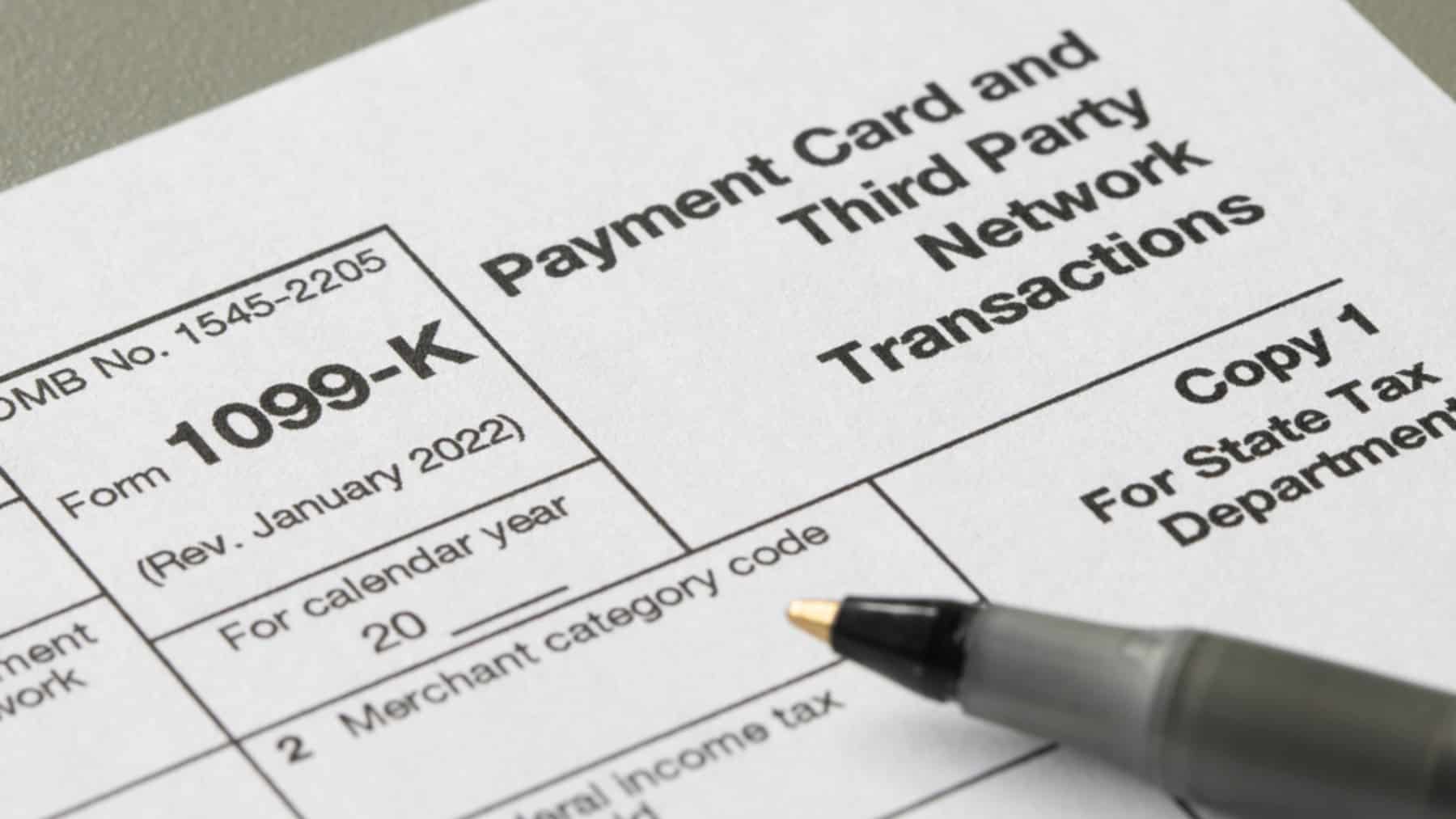The Social Security retirement subsidy represents an essential income for most retirees in the United States. According to an analysis by the Center on Budget and Policy Priorities, the poverty rate among adults aged 65 and older is 10.2% compared to 38.7% if this program did not exist. In addition, there are the data from the 20 years that Gallup has been conducting surveys, which reflect that over 90% of retirees need the Social Security check to cover a significant portion of their expenses.
This is why for many people looking ahead to retirement, maximizing their benefits is essential, making it important to understand the differences in retiring at 62, 67, or 70 years of age. A study has been conducted using data from the Health and Retirement Study at the University of Michigan, which shows that out of a sample of 20,000 workers, only 4% had maximized the benefits they received from Social Security. This is why it is important to understand the advantages and disadvantages of the different retirement ages available, and how they can impact our benefits in the long term.
How much will I receive when I retire?
One of the main concerns for any worker is what their situation will be regarding retirement. This is why it is important to know the different characteristics that each retirement age offers, as well as what parameters the Social Security Administration (SSA) takes into account. The factors considered to calculate the amount of your monthly checks are:
- Work history.
- Earnings history.
- Full retirement age.
- Claiming age.
Both the work history and the earnings history are related, as to determine your monthly amount, the SSA looks at the 35 working years in which you had the highest earnings. Furthermore, it should be noted that the SSA also penalizes if one does not work a minimum of 35 years, adding an average of $0 for each year less. As for the retirement age, the benefit will depend on eligibility and your date of birth.
Advantages and disadvantages of the different retirement ages
Different retirement ages bring with them various pros and cons that each individual must weigh according to their preferences and needs. The traditional range for retirement is between 62 and 70, but within that range, there are three ages that are also believed to be attractive options for future generations.
- Age 62 (early claiming). Common sense suggests that this is the most attractive age, as it is the quickest way to receive benefits from SSA. It is estimated that the Old-Age and Survivors Insurance Trust Fund (OASI) could exhaust its reserves in 9 years, which could lead to widespread cuts. Claiming at this age may expedite those reductions, but users could also experience a 30% reduction in their income, allowing the SSA to withhold part or all of their monthly benefit.
- Age 67 (interim claim). This option means you don’t have to worry about reductions. Applicants at this age are guaranteed the full benefit they are entitled to, leaving many years of dignified life ahead.
- Age 70 (deferred claim). This is the option that allows for the maximization of the monthly benefit. It will always depend on the age of birth, but the increase will be between 24% and 32%. What is the disadvantage? There is no guarantee of life, and perhaps that maximization of benefits may not be enjoyed, at least, with quality of life.
At what age should I retire?
Researchers from United Income published a report titled “The Retirement Solution Hiding in Plain Sight.” They conducted a study in 2019 with a sample of 20,000 retired workers, analyzing what the actual claiming age was and identifying the “optimal” choice. According to data from the Health and Retirement Study from the University of Michigan, only 4% of this sample maximized their Social Security benefits. The standout aspect was that age 70 was the winner. 57% of the workers would have maximized their benefits if they had chosen the age of 70, although none have a guarantee of the years of life that would have remained.
Stay updated on the changes in SSA retirement for the year 2026!




